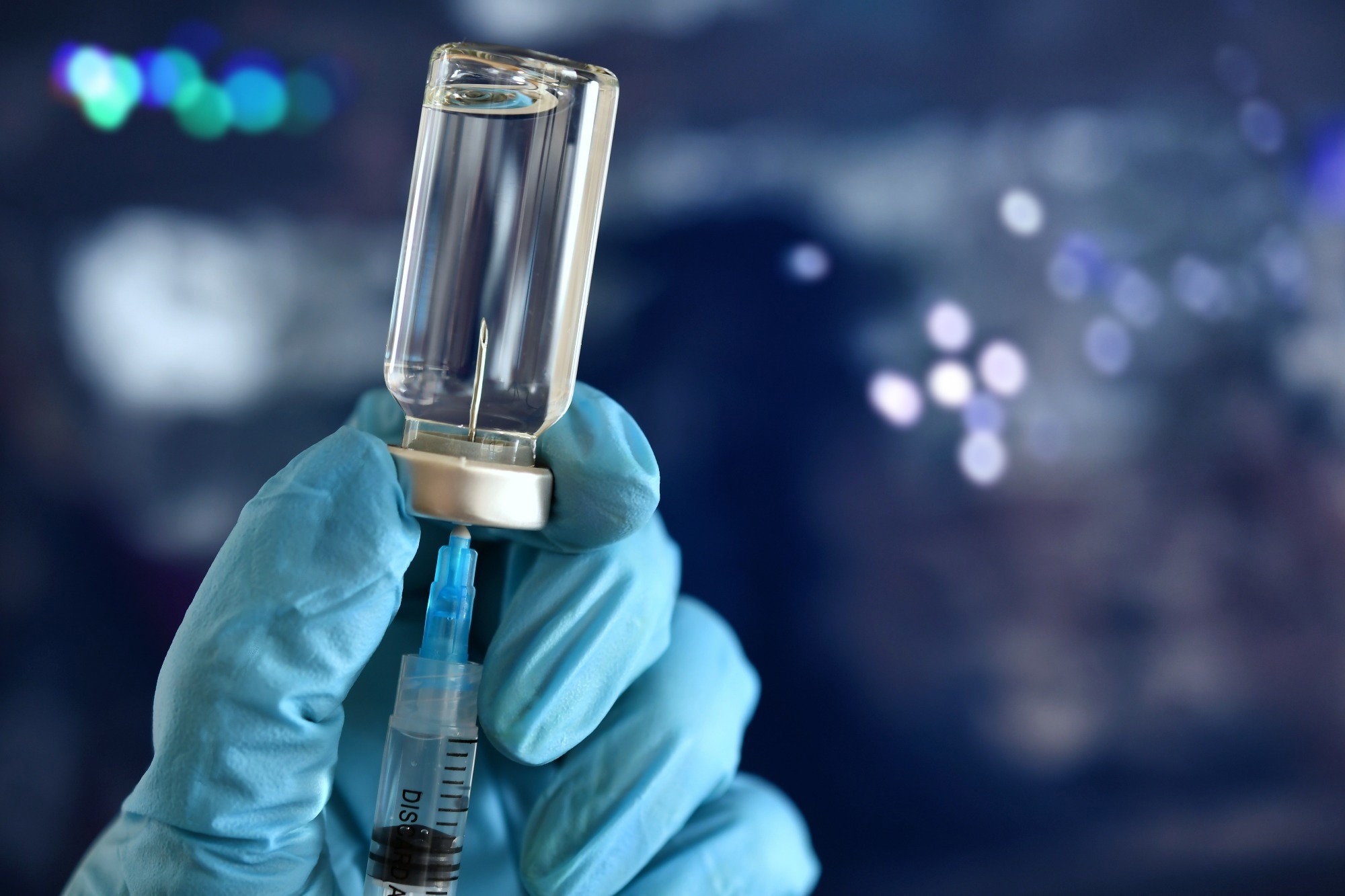A recent study published in Chemistry – A European Journal investigated how antigen density on gold nanoparticles (AuNPs) affects immune responses in the context of MUC1-based cancer vaccines.

Image Credit: MargJohnsonVA/Shutterstock.com
MUC1 is a mucin protein overexpressed and abnormally glycosylated in many epithelial cancers. Although it is considered a potential target for vaccine development, its effectiveness is limited by its status as a self-antigen, which contributes to immune tolerance.
To improve the immunogenicity of MUC1, strategies such as chemical modification, incorporation into multicomponent vaccines, and delivery via nanoparticles have been explored. AuNPs offer a platform for antigen presentation due to their stability, functionalization capability, and ability to display multiple antigen copies.
Background
Previous studies have shown that structural and conjugation modifications to MUC1 can improve its stability and potential to elicit immune responses. However, the immunogenic effects of varying antigen density on nanoparticle surfaces have not been fully characterized.
High antigen density may lead to steric hindrance or masking, whereas lower densities might improve antigen accessibility and immune recognition. This study aimed to evaluate how different surface densities of a modified MUC1 glycopeptide affect the immune response when presented on AuNPs alongside a secondary peptide.
Study Design
Researchers synthesized a modified MUC1 glycopeptide (compound 6), incorporating a fluoroproline residue and an S-glycosidic bond for improved stability. A secondary peptide derived from ovalbumin (peptide 7) was used as a co-loading component. Both peptides included an N-terminal cysteine to facilitate conjugation to AuNPs.
Using established bioconjugation techniques, the peptides were attached to AuNP surfaces at varying ratios to modulate MUC1 density.
Surface composition was characterized using spectroscopic and microscopic methods. Mice were immunized with these functionalized AuNPs, and antibody responses were assessed using ELISA, including isotype-specific measurements.
Immunohistochemistry was used to confirm antibody binding to native MUC1 on breast cancer tissues, and cytotoxicity assays evaluated the antibodies’ ability to support immune cell-mediated killing of cancer cells.
Results and Discussion
Reducing the surface density of MUC1 on AuNPs by co-loading with peptide 7 did not result in a decrease in the antibody response. Antibody levels (IgG) produced in mice were similar across both high and low MUC1-density groups.
This suggests that high antigen density is not essential for generating a humoral immune response and that lower densities can still lead to antibody production. These antibodies were able to recognize MUC1 on breast cancer cells and mediate antibody-dependent cell-mediated cytotoxicity, indicating functional immune activity.
The study notes that achieving an immune response at lower antigen densities may be beneficial for vaccine design. Lower loading can reduce steric hindrance and potentially limit issues related to immune tolerance. It also allows more flexibility in incorporating additional immunostimulatory components or different antigens on the same nanoparticle.
The authors point out that this multicomponent approach could support the development of vaccines capable of delivering multiple immune signals, which may be useful in future applications.
Download your PDF copy now!
Conclusion
This study indicates that reducing the density of MUC1 antigen on gold nanoparticles does not diminish the resulting immune response. Co-loading with a secondary peptide maintained antibody production and functionality, including tumor cell recognition and cytotoxic potential.
These results may inform future vaccine designs by allowing for more flexible nanoparticle formulations that balance antigen density with other vaccine components.
Journal Reference
Ghirardello, M., et al. (2025). Balancing Antigen Loading on Gold Nanoparticles: Implications for Future Cancer Vaccine Strategies. Chemistry—A European Journal. DOI: 10.1002/chem.202501286, https://chemistry-europe.onlinelibrary.wiley.com/doi/10.1002/chem.202501286